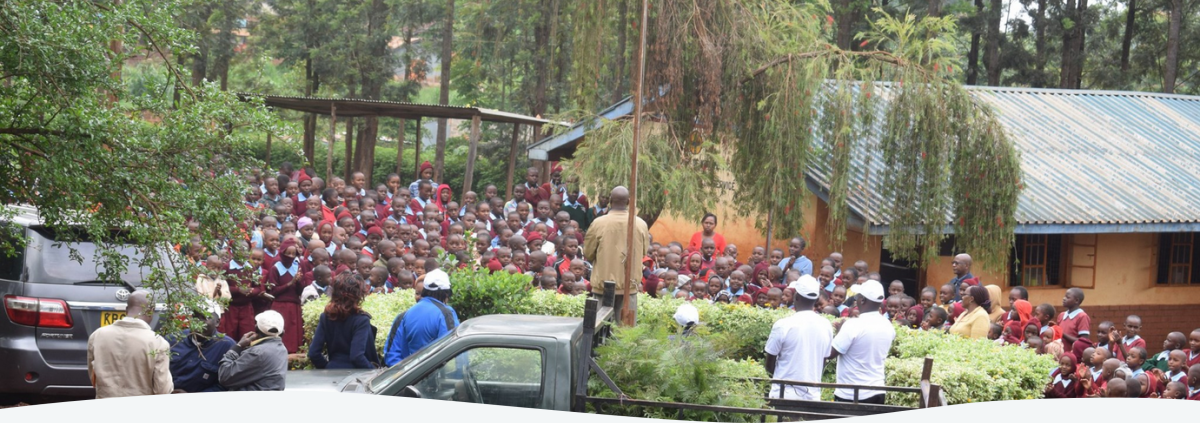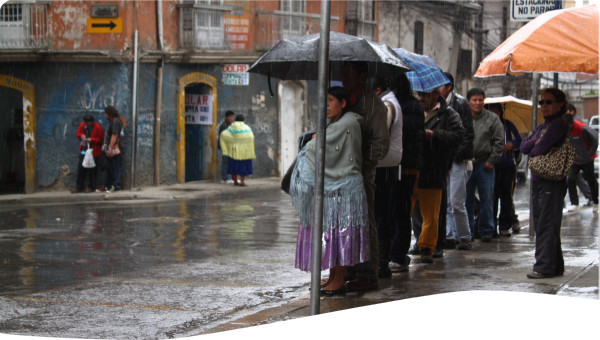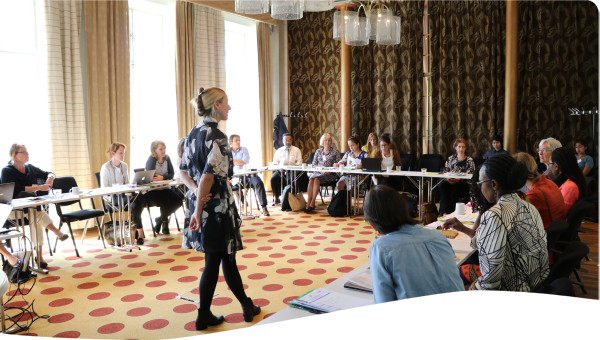Gender equality is fundamental for human rights, fostering a supportive environment, realizing full potential, and achieving sustainable development. In order to promote a conducive workplace culture and address gender-based violence, our organization embarked on a journey to promote gender equality within the water sector, focusing on workforce planning, development, and management. Despite limited initial knowledge of gender mainstreaming, Murang'a Water and Sanitation Company seized the opportunity to undergo gender equality training through a program administered by USAID through KENGEN partnership in Kenya.
The primary objective was to comprehensively assess gender equality within the water sector, specifically focusing on workforce planning, development, and management, as as well as to identify the barriers for integrating gender equality in the water sector.
The need for gender equality extends far beyond its principles; it is a vital tool in preventing violence against women and girls. Moreover, it is intricately linked to economic prosperity and heightened productivity. We firmly believe that gender equality will benefiting everyone within our organization but to fully embrace gender equality, we needed to discard antiquated traditions and mentalities. It's a challenging journey that demands significant work, time, and effort, but it's an achievable goal when individuals work collectively towards equal respect and opportunities available across all genders.
Nevertheless, one of our significant challenges has been the lack of commitment and attention from our decision-making bodies. Additionally, sustaining continuous access to gender awareness remains an ongoing challenge that we are determined to address.
At the outset, the understanding of gender mainstreaming in the Murang'a Water and Sanitation Company was limited. However, we took a proactive step by enrolling in a workforce gender equality accelerated program, facilitated by USAID through the partnership with KenGen in Kenya.
Our strategy was based on a comprehensive assessment, covering aspects such as employee work-life balance, organizational culture, gender balance in leadership and decision-making, gender equality in recruitment and career progression, and the incorporation of the sex and gender dimension. Crucially, we engaged all our employees through structured staff meetings to gain their support for the forthcoming changes.
Our journey commenced with a thorough gap analysis that pinpointed areas needing improvement. We utilized a SWOT analysis to thoroughly evaluate the strengths, weaknesses, threats, and opportunities within the context of gender equality within the water sector. This analysis served as a critical foundation for establishing short-term, medium-term, and long-term goals.
The exercise identified the powerful stakeholders supporting the resistance of the company's effort towards changing the workplace culture which includes the Board of Directors, management, some employees, community and development partners.
Following the assessment, we developed a persuasive business case that illustrated how gender equality would be advantageous for our organization. It was presented to our management for their consideration and approval, addressing aspects such as work-life balance, organizational culture, gender balance in leadership and decision-making, and the seamless integration of gender mainstreaming.
We recognized that financial allocation was crucial for our gender mainstreaming efforts. Consequently, we formulated a dedicated gender mainstreaming budget covering expenses related to training our staff members. These efforts were supported by our newly formed gender mainstreaming committee, endorsed by the management. This committee plays a pivotal role in supporting the ongoing implementation of our gender equality initiatives.
Furthermore, we are continuing to work on the creation of comprehensive gender policies and a gender equality roadmap for each stage of the employee lifecycle.
Our journey of improving gender equality and transforming the work culture produced significant outcomes. It began with getting a clear understanding of our main objective: to comprehensively assess and map gender equality in terms of workforce planning, development, and management while identifying the barriers that hindered its integration.
The company has managed to get a deeper recognition of the critical role gender equality plays in preventing gender-based violence, driving economic prosperity, and enhancing productivity within the organization. We successfully developed and gained approval for a comprehensive gender mainstreaming budget, a draft policy outlining our commitment to gender equality, an equality roadmap guiding our path forward, and a best practice framework for continuous improvement. As a result the company has provided all staffs with medical scheme ensuring that every member of our organization can avail themselves of proper healthcare services.
Perhaps one of the most noteworthy achievements is the enhanced gender balance within our organization. Women have taken on roles that were previously uncharted territory, including becoming motorcycle riders within our technical departments. This is a testament to our commitment to dismantling gender barriers and fostering inclusivity.
In addition, we've implemented a robust monitoring and evaluation system through inclusive decision-making and observations. This approach allows us to assess the real impact of our gender equality initiatives, ensuring that they are not just words on paper but tangible changes in our organization's culture.
Our journey highlighted the paramount importance of shedding outdated traditions and embracing evolving gender roles. It's essential to recognize that culture, responsibilities, and societal perspectives are not static but ever-changing. By acknowledging this, we can create an inclusive environment that adapts to the evolving landscape of gender roles.
Overcoming the challenges associated with changing mindsets and addressing gender stereotypes is vital. Our experience underscored the need to challenge and reshape deeply ingrained beliefs and biases in diverse communities and cultures. It's a continuous process that demands dedication to education oneself to foster equality.
 Case studies
Case studies




